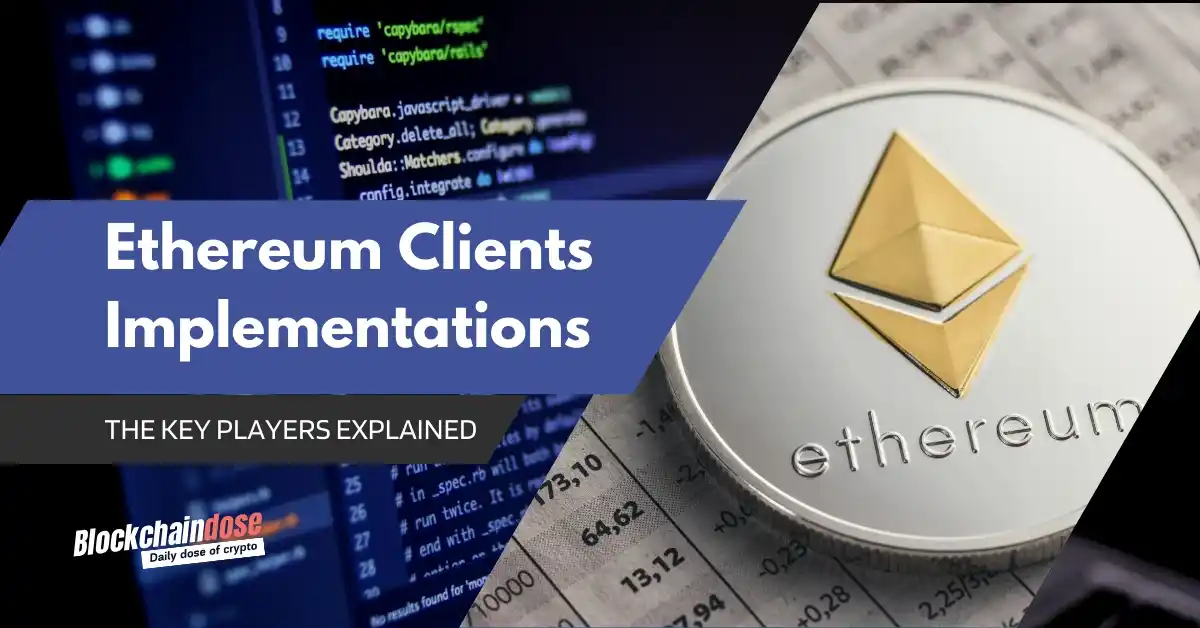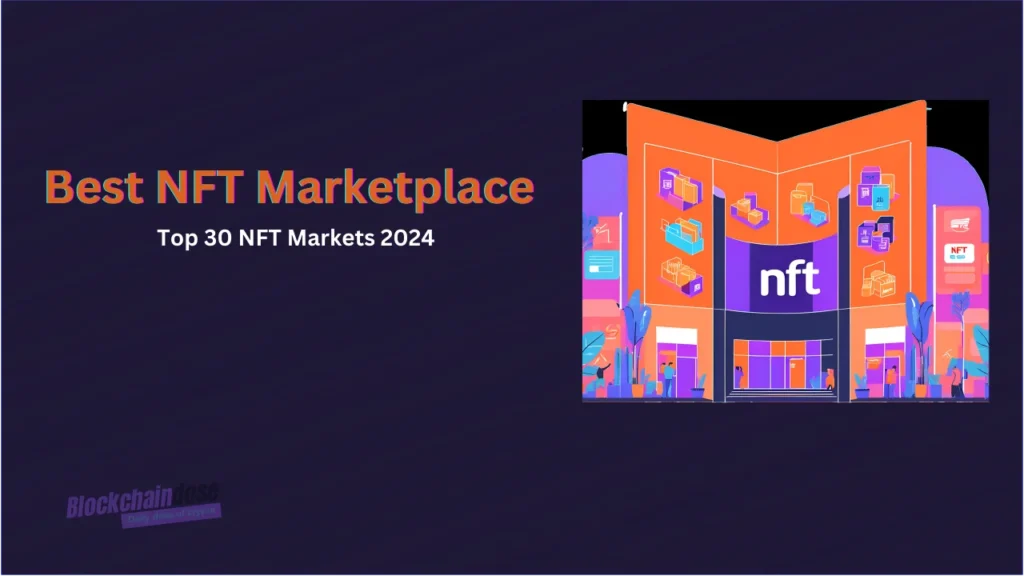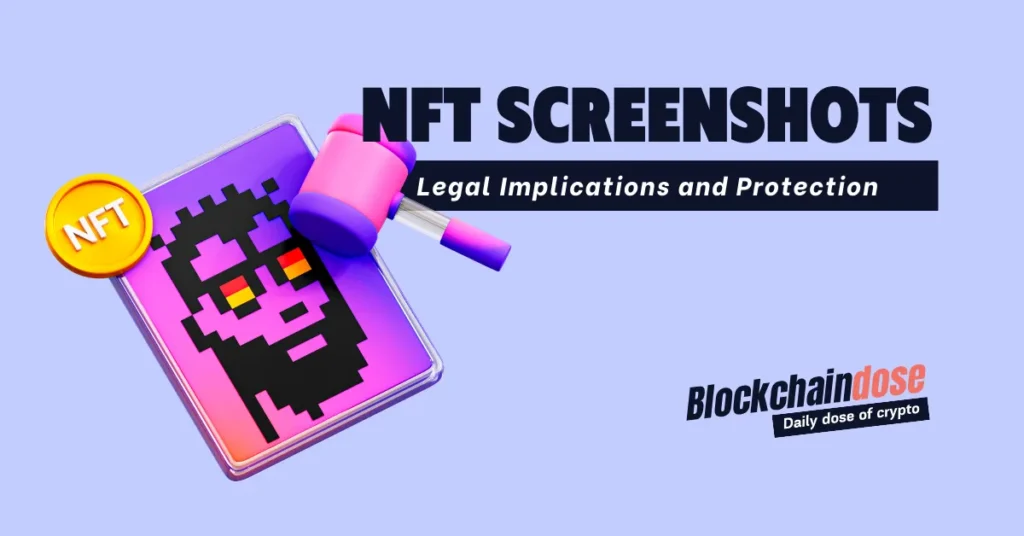Ethereum runs on a decentralized network, and to keep it going, we need clients. Ethereum clients are software that allow your computer to participate in the Ethereum network. They validate transactions, execute smart contracts, and sync with the blockchain. When it comes to Ethereum clients implementations, think of them as tools that make sure the blockchain runs smoothly.
Key Takeaways
- Ethereum Clients Implementations are essential to running the Ethereum network by allowing nodes to validate and process transactions.
- Geth is the most widely used client, written in Go and holds 78.89% of the network share.
- Besu is built in Java and excels in enterprise setups, especially after improvements post-Merge.
- Nethermind is fast and written in C#, with quick syncing and high throughput.
- Clients like Erigon, Teku, Prysm, and Nimbus offer unique advantages depending on network and hardware needs.
What Exactly Is an Ethereum Client?
An Ethereum client is software that talks to the blockchain. If you want to run an Ethereum node or interact with the network, you need a client. There are two main types:
- Execution clients: These deal with transaction validation and block production.
- Consensus clients: These handle Ethereum’s Proof of Stake mechanism and finalizing blocks.
Without clients, the Ethereum network wouldn’t exist as a functional decentralized system.
Geth: The Most Popular Ethereum Client
Geth (Go Ethereum) is the king when it comes to Ethereum client implementations. It’s written in Go, and it’s by far the most popular, with 78.89% of the network using it. That’s huge. But, like anything popular, it’s not without its downsides.
- Strengths: Strong community, reliable, and well-documented.
- Weaknesses: Geth uses more system resources than other clients and processes transactions a bit slower.
Geth is the go-to for most people, but it can be a bit heavy on system resources if you’re running a smaller setup.
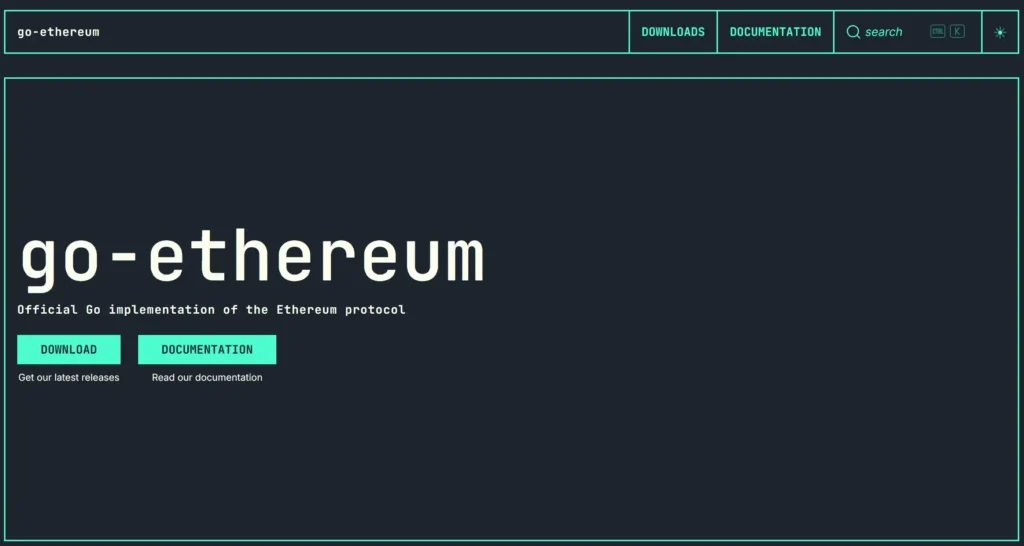
Besu: Java-Based and Enterprise-Ready
Next, we have Besu, built in Java. If you’re working for a business or need something enterprise-grade, Besu is your best friend. After Ethereum’s Merge in 2022, Besu improved block processing speeds by 45%, making it way faster.
- Strengths: Great for businesses and large networks, parallel transaction execution.
- Weaknesses: May be overkill for individuals or small operators.
For larger setups needing reliable Ethereum Clients Implementations, Besu is widely used by enterprises for its performance and scalability.
Nethermind: Fast Syncing with C#
Nethermind is written in C#, and it’s a speed demon when it comes to syncing with the Ethereum network. It can sync to the Ethereum mainnet in about 3 hours, which is lightning fast compared to other clients.
- Strengths: Fast syncing, great throughput.
- Weaknesses: Less community support compared to Geth.
If you’re looking for speed and are familiar with C#, Nethermind is a great choice.
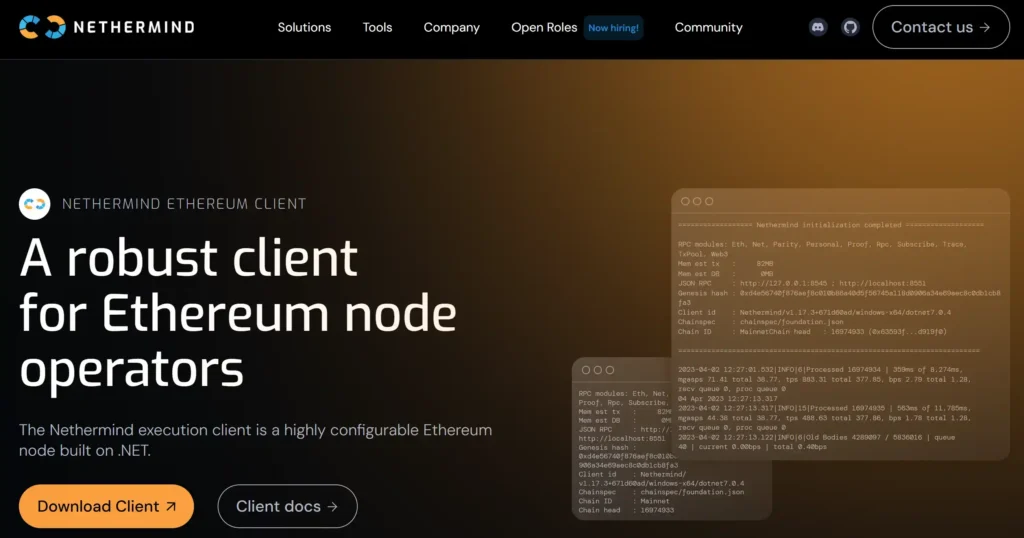
Erigon: Disk Space Efficiency King
Erigon, also written in Go, is all about efficiency. This client is excellent at saving disk space while offering a full Ethereum archive node. It can sync an archive node in under 3 days while using about 3TB of disk space.
- Strengths: Efficient disk space usage, ideal for those needing full archive data.
- Weaknesses: Not everyone needs a full archive node, so it may not be necessary for all users.
For users who need the full history of Ethereum, Erigon is the best option.
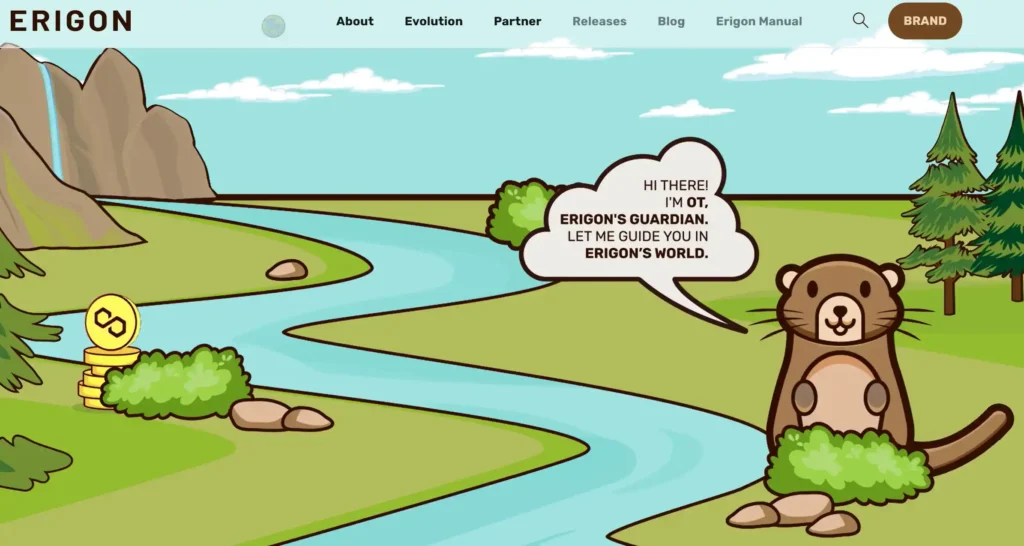
Teku: The Java-Based Consensus Client
Teku, written in Java, is one of the main consensus clients for Ethereum. It’s focused on managing Ethereum’s Proof of Stake system, making it crucial for validators.
- Strengths: Built for institutional setups and large-scale staking.
- Weaknesses: Needs more system resources than lighter clients like Nimbus.
If you’re serious about staking and need something enterprise-friendly, Teku is your go-to client.
Prysm: Go-Based and Fast at Syncing
Prysm, developed by Prysmatic Labs and written in Go, is another consensus client. It’s one of the fastest at syncing. It synchronizes at about 60 slots per second, making it a top choice for validators.
- Strengths: Super-fast syncing and reliability.
- Weaknesses: Heavier on resources compared to some other clients.
If speed is your priority and you’re involved in staking, Prysm is a great option within the Ethereum Clients Implementations.
Nimbus: Lightweight and Resource-Efficient
Nimbus, developed by Nimbus team and written in Nim, is perfect for those with limited hardware. It’s designed to be lightweight and works great on resource-constrained devices.
- Strengths: Uses minimal CPU and memory, perfect for low-power setups.
- Weaknesses: May not be as feature-rich as some of the more powerful clients.
If you want to run an Ethereum node on limited hardware, Nimbus is the best choice among Ethereum Clients Implementations.
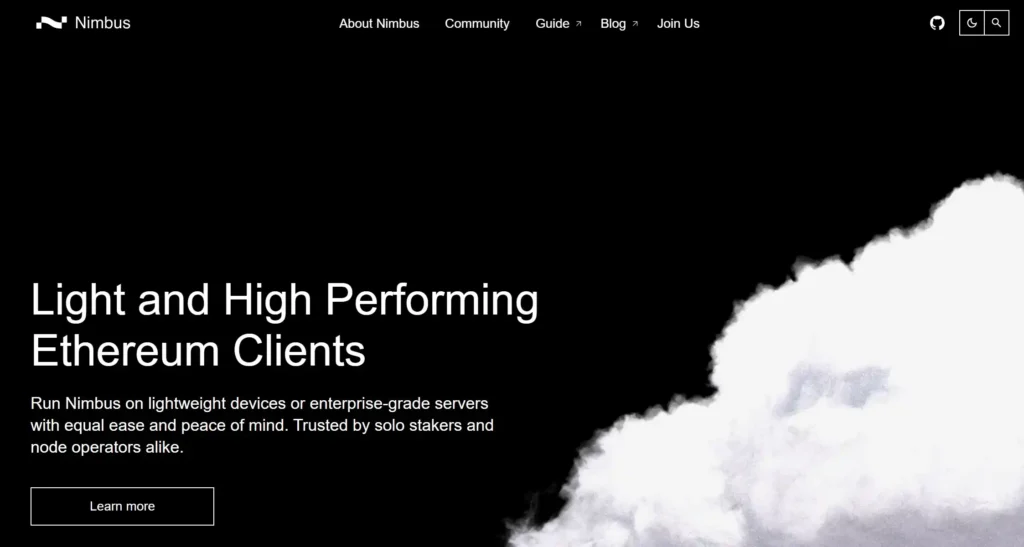
Lighthouse: Rust-Based with High Network Traffic Handling
Lighthouse, developed by Sigma Prime and written in Rust, excels at handling high network traffic. It manages anywhere between 250MB/h to 1700MB/h of incoming traffic.
- Strengths: Ideal for heavy traffic environments.
- Weaknesses: Irregular CPU usage can cause performance dips.
Lighthouse is for users who need a client that can handle massive network traffic without breaking a sweat.
Lodestar: TypeScript Client with a Small Footprint
Lodestar, built in TypeScript, has a small footprint, using about 1.49 GiB of RAM. It’s lightweight and ideal for those who need fast transaction validation with minimal resources.
- Strengths: Small memory usage, efficient.
- Weaknesses: Lacks detailed performance metrics compared to other clients.
Lodestar is perfect for developers familiar with JavaScript/TypeScript who want a lightweight solution.
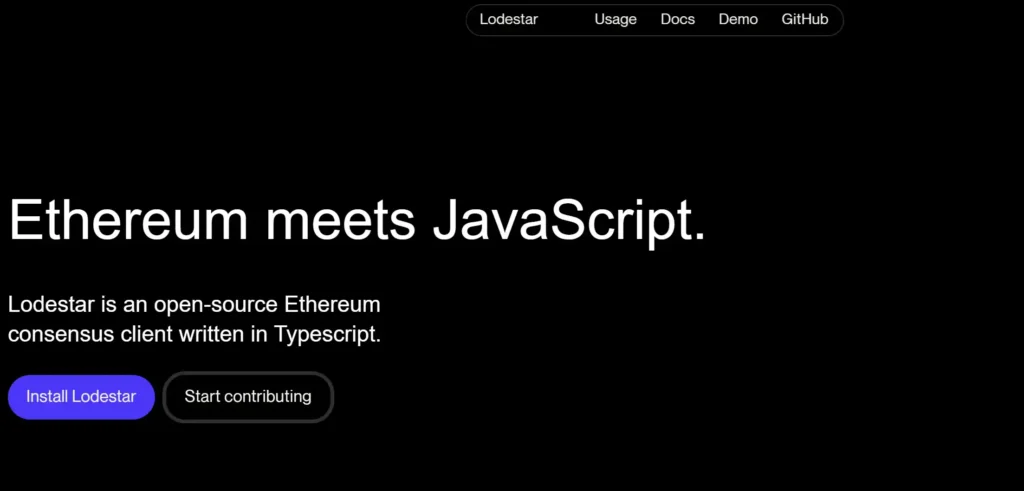
Choosing the Right Ethereum Client for Your Needs
Which client should you choose? It depends on what you need. Here’s a quick breakdown:
- Geth: Great for reliability and community support.
- Besu: Ideal for enterprises.
- Nethermind: Best for fast syncing.
- Erigon: Best for those who need full archive data.
- Nimbus or Lodestar: Perfect for resource-limited devices.
It’s all about what fits your hardware, your use case, and how involved you are with Ethereum.
Why Does Ethereum Client Diversity Matter?
Ethereum is all about decentralization. Having multiple clients in different programming languages ensures that if one fails, the others can keep the network running. This is why client diversity is so important.
By having a range of clients, Ethereum avoids the risk of a single point of failure. Geth’s dominance is big, but the other clients play a crucial role in making the network more resilient.
Frequently Asked Questions (FAQs)
Geth is the most popular, with nearly 78.89% of the network using it.
Nethermind is known for fast syncing, usually connecting to the Ethereum mainnet in around 3 hours.
Besu, written in Java, is optimized for enterprise setups and high throughput environments.
Yes, Nimbus is designed to be lightweight and works well on limited hardware.
No. Only consensus clients like Teku, Prysm, Nimbus, and Lighthouse support staking.
Ethereum clients are written in various languages including Go, Java, C#, Rust, TypeScript, and Nim. This helps cater to different developers and ensures client diversity.

